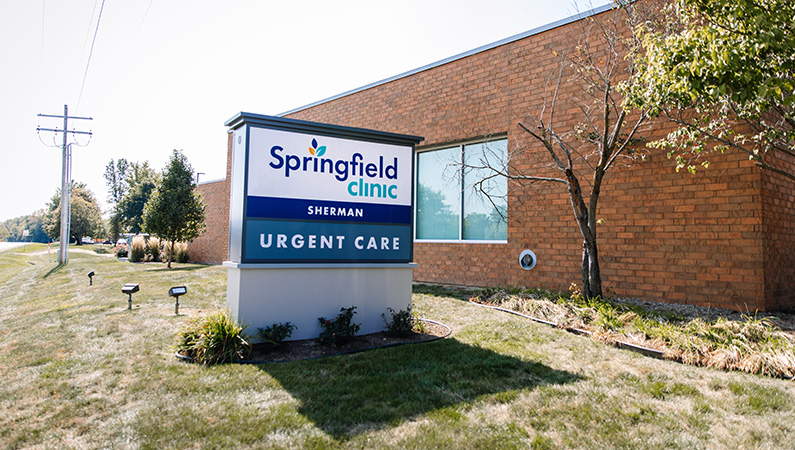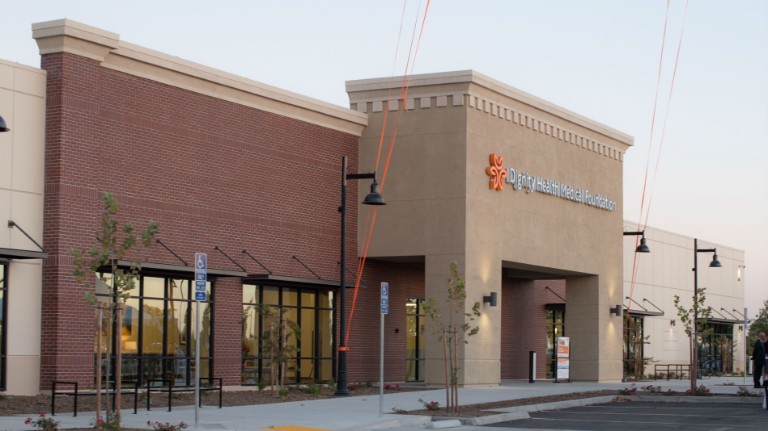The Ultimate Overview to Recognizing Urgent Care Clinics
The Ultimate Overview to Recognizing Urgent Care Clinics
Blog Article
Recognizing the Function of Urgent Care in Offering Timely Therapy for Non-Life-Threatening Problems
Immediate care centers have become a vital component of the medical care landscape, dealing with the immediate requirements of individuals with non-life-threatening problems. By offering prompt and obtainable clinical solutions, these facilities efficiently connect the space in between health care and emergency departments. The ramifications of their role extend past mere comfort, motivating a closer examination of when and how these centers are used. Recognizing the subtleties of immediate care could dramatically impact person outcomes and the overall efficiency of healthcare shipment. What elements add to their expanding relevance in modern medication?
What Is Urgent Care?
Immediate treatment refers to a classification of clinical solutions developed to resolve non-life-threatening conditions that need prompt attention. These facilities work as an intermediary in between medical care physicians and emergency spaces, supplying a convenient choice for patients who require prompt care without the substantial waiting times normally connected with emergency situation divisions.
Urgent care facilities are usually staffed by physician, including physicians, registered nurse experts, and medical professional aides, that are trained to diagnose and deal with a broad array of conditions. Typical solutions given by these centers include treatment for minor injuries, illnesses, and infections, in addition to analysis examinations such as X-rays and research laboratory job.
Furthermore, immediate care facilities commonly accept walk-in people, eliminating the need for appointments. In general, urgent treatment plays a vital duty in the medical care system, guaranteeing individuals can access important medical solutions promptly and successfully.

When to seek care at an urgent treatment facility rather of a main treatment medical professional or an emergency space,Several people might locate themselves unpredictable concerning. Immediate care is designed to address non-life-threatening problems that need prompt focus however are not extreme enough to require an emergency area check out.
Generally, one must consider urgent look after problems such as minor cracks, sprains, cuts needing stitches, or infections like urinary system infections. In addition, chilly or influenza signs and symptoms, rashes, and allergic responses can also be properly taken care of in this setup.
It is important to keep in mind that urgent care is not suitable for dangerous emergency situations, such as breast pain, problem breathing, or severe bleeding, which demand immediate emergency clinic treatment.
People that lack accessibility to a medical care medical professional or can not secure a timely consultation may additionally benefit from urgent care solutions. Ultimately, comprehending when to make use of urgent care can cause much more reliable medical care delivery, allowing patients to receive the proper degree of treatment based on their particular health and wellness requirements.
Advantages of Urgent Treatment Centers
Choosing urgent care facilities for non-life-threatening problems offers a number of benefits that boost patient experience and ease of access. One main benefit is the minimized wait times contrasted to traditional emergency clinic. Urgent treatment facilities commonly run on a first-come, first-served basis, allowing individuals to obtain timely medical interest without the lengthy hold-ups usually related to medical facility settings.
In addition, immediate care facilities give prolonged hours, including nights and weekend breaks, fitting clients with varying timetables. This versatility makes sure that individuals can seek treatment when it is most hassle-free for them, better advertising timely intervention.

Furthermore, these facilities commonly supply a thorough series of solutions, consisting of analysis examinations and minor Recommended Reading procedures, all under one roofing system. This loan consolidation of solutions not just streamlines the individual experience yet likewise cultivates a much more natural technique to taking care of non-life-threatening health and wellness issues, inevitably benefiting overall patient outcomes.
Typical Problems Dealt With
At immediate treatment facilities, a range of non-life-threatening problems can be successfully treated, providing people with prompt and easily accessible medical help. These centers are especially adept at dealing with concerns that require punctual attention however do not posture an immediate danger to life or arm or leg.
Usual conditions treated at urgent treatment facilities consist of minor injuries such as sprains, fractures, and stress. Urgent care centers are outfitted to perform needed analysis tests, such as X-rays and lab examinations, enabling them to supply comprehensive care.
In addition, urgent care service providers can carry out vaccinations, assisting to stop the spread of contagious conditions - Urgent Care. They likewise use services for minor procedures, such as suturing wounds or draining abscesses. By offering these diverse services, urgent treatment facilities play an essential role in linking the gap between primary treatment and emergency situation solutions, guaranteeing clients get timely treatment for a large range of problems without the demand for long haul times typically related to emergency clinic
How Urgent Care Supports Health Care System
Urgent care centers play an essential role in supporting the general medical care system by alleviating the problem on emergency departments and Recommended Reading providing timely accessibility to medical care for non-life-threatening problems. By dealing with instances such as minor injuries, infections, and ailments, urgent care centers allow emergency situation departments to concentrate on more important clients requiring instant focus.
Furthermore, immediate treatment centers boost healthcare access, providing extended hours and an extra hassle-free alternative to typical primary treatment settings. This access is especially helpful for clients that may not have a routine physician or who call for immediate therapy beyond common office hours. Consequently, urgent treatment centers properly reduce wait times and boost person fulfillment.
Furthermore, immediate care facilities add to set you back savings for both people and the healthcare system by supplying lower-cost solutions compared to emergency divisions. This financial performance is important in a period of increasing healthcare expenses, permitting patients pop over to this web-site to obtain necessary care without sustaining exorbitant expenditures.
Conclusion
Finally, urgent treatment centers play a crucial function in the medical care system by supplying punctual therapy for non-life-threatening problems. By linking the gap in between health care and emergency clinic, these centers make sure that people obtain prompt clinical interest without the extensive delay times typically related to emergency situation departments. The ease of access and effectiveness of urgent care facilities contribute considerably to easing the total problem on health care sources, improving client end results, and promoting an extra efficient healthcare distribution system.
Urgent treatment centers have actually arised as an important part of the health care landscape, addressing the prompt requirements of patients with non-life-threatening problems. Urgent treatment sees normally incur lower out-of-pocket expenses contrasted to emergency division brows through, making treatment much more affordable for individuals without compromising top quality. Urgent care facilities are equipped to do necessary analysis examinations, such as X-rays and lab tests, enabling them to give detailed care.
By using these varied services, immediate treatment centers play an essential function in linking the gap between key care and emergency situation services, making certain clients obtain prompt treatment for a wide array of conditions without the need for lengthy wait times typically connected with emergency spaces.
In addition, urgent treatment centers improve medical care ease of access, supplying prolonged hours and an extra convenient choice to traditional main treatment settings.
Report this page